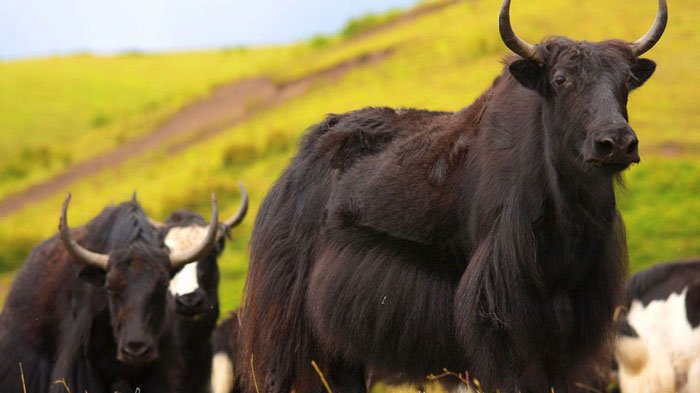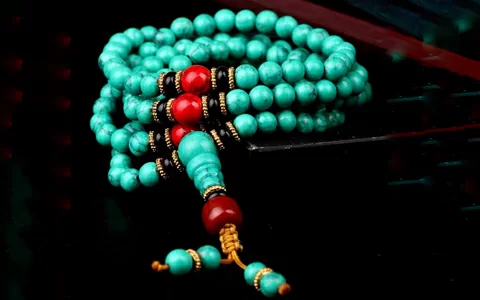Tibetan Monks: Their Daily Life & How to Plan a Tibet Monk Tour?
As you enjoy your Tibet tour in Lhasa or other parts of Tibet, one of the most intriguing aspects would be the mysterious life of Tibetan monks. Let’s have a glimpse of how a Tibetan becomes a monk and what their daily life is like in Tibet.
 1. How to Become a Monk in Tibet?
1. How to Become a Monk in Tibet?
 2. How is the Scholastic Life of Tibetan Monks? And What They Learn Daily?
2. How is the Scholastic Life of Tibetan Monks? And What They Learn Daily?
 3. How is the Daily Life of Tibetan Monks Nowadays?
3. How is the Daily Life of Tibetan Monks Nowadays?
 4. Some Personal Questions about Tibetan Monks, like Can They Get Married?
4. Some Personal Questions about Tibetan Monks, like Can They Get Married?
1. How to Become a Monk in Tibet?
According to Tibetan Buddhist doctrine, small children can’t become monks until they reach the age of 7 or 8 when they can drive crows away. Besides, the head of the monastery will check their background. Those who have been goldsmiths, blacksmiths, butchers, or practitioners of sky burial will be considered “unclean” and not a qualified candidate for being a Lama.
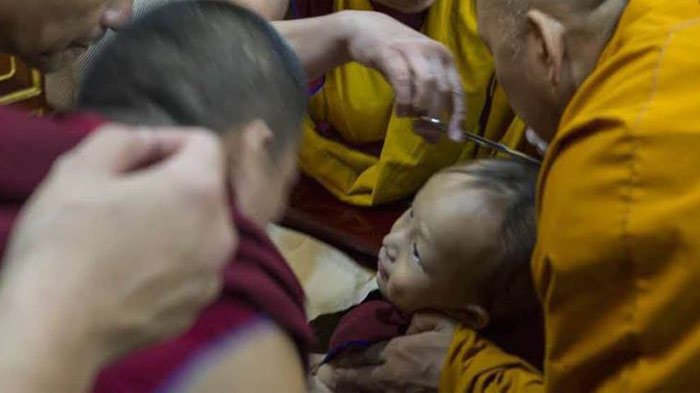
Head of the monastery removed the remaining hair of the kid.
If a kid proves to be qualified, he needs to find two teachers. One is responsible for his social conduct; the other takes care of his study of the classics of Tibetan Buddhism. Mostly, these teachers would be his relatives such as his uncle, older brothers, etc.
Before the tonsure, the kid has to present a Hada (white ceremonial scarf used by Tibetans), yak butter tea, and some gifts to his teacher. Later his teacher will shave most of his hair but only keep a strand of hair in the middle. Then, the kid is expected to be taken to meet the abbot, the head of the monastery. After making sure the kid truly decides to become a monk, the abbot will cut the remaining hair of the kid and give him a Dharma name for the newly-ordained Lama.
2. How is the Scholastic Life of Tibetan Monks? And What They Learn Daily?
Shortly after small monks begin their scholastic life in the monastery, they need to serve their mentor or master for 3 years, during which they will learn all the monastic disciplines and customs in monasteries; In addition, they are also expected to shoulder chores of the monastery and learn how to spell Tibetan Buddhist mantra and recite some basic prayers.
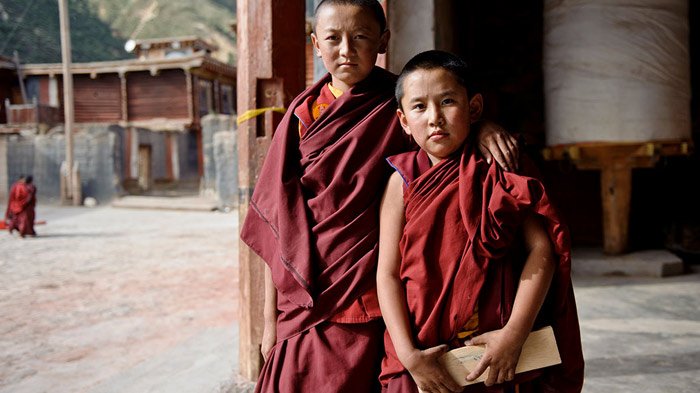
Young Tibetan monks in the monastery
After young Tibetan monks have a good command of the Tibetan language, it’s time for them to study the 5 Buddhist classics:
a.Buddhist Logics (“Yinming”): It’s the most elementary knowledge of Buddhism, which is expected to be studied for 3 years.
b.Heart Sutra (“Banruo”): It literally means the heart of perfection of understanding.
c.Madhyamika ( “Zhongguan”): dependently co-arisen phenomena
d.Monastic Discipline (“Jielv”)
e.Kusha-shū (“Jushe”)
The above 5 Buddhist classics are mandatory courses for Tibetan monks. It normally takes them 20 years or more to finish all of them mainly via reciting and monk debate.
3. How is the Daily Life of Tibetan Monks Nowadays?
Tibetan monks or lamas lead a fairly peaceful life. At daybreak, the monk on duty will climb to the rooftop of the Great Assembly Hall of the monastery clap his hands three times, and loudly pray for the blessings of the Goddess of Mercy (also known as Guanyin). Upon hearing the “morning call”, all the monks will swarm into the assembly hall for morning praying, which is a solemn and incredible spectacle to see.
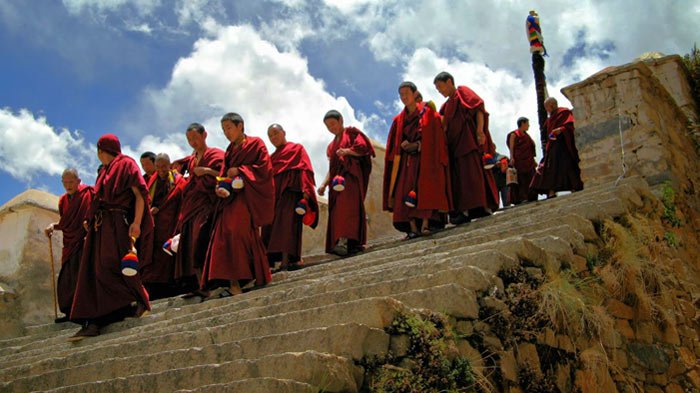
Monks returned to their dorm after morning praying.
Morning Praying
Morning praying lasts for 2-3 hours, during which hundreds of young monks will line up to serve other monks with butter tea and porridge. In the meantime, monks can have their meal while chanting Buddhist mantras. What a lovely and rare scene to see for visitors.
It’s often the case that led by the head of the Buddhist scripture chanting, monks will perform praying for the happiness of a family or the rest and peace of the dead or family members in mourning. Shortly after the prayer, the family will offer some money to the monks as a special way of giving.
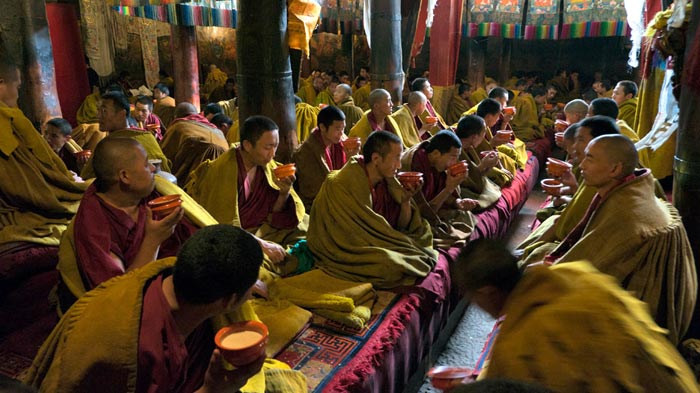 Tea break during the morning praying in Tashilhunpo Monastery
Tea break during the morning praying in Tashilhunpo Monastery
Afternoon Praying
From 9:00 to 10:00 and 15:00-16:00, Tibetan monks will have afternoon praying at smaller places like Zhacangs Hall (college) and Khangtsen (dorm) in a monastery.
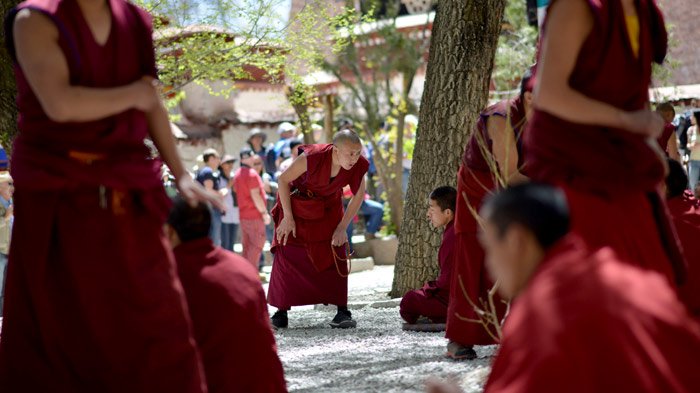 Monk debate in Sera Monastery is one of the highlights of Lhasa Tour.
Monk debate in Sera Monastery is one of the highlights of Lhasa Tour.
4. Some Personal Questions about Tibetan Monks, like Can They Get Married?
It’s normal to be curious about the personal lives of Tibetan monks, here are some common questions answered:
Can Tibetan monks get married?
The Buddha preached celibacy and restraint, and following his teachings, Tibetan monks are not allowed to get married.
Can Tibetan monks drink wine or alcohol?
Tibetan monks do not drink alcohol or wine. Buddhism teaches that alcohol can lead to carelessness, so monks avoid it.
Do Tibetan monks eat meat?
There are branches of Buddhism in Tibet that are strictly vegetarian, but Tibetan monks are allowed to eat meat. Living in the high altitude and rugged conditions of the Tibetan Plateau requires a lot of energy, so for practical reasons eating meat is allowed.
Do Tibetan monks use smartphones?
Rules for different branches of Buddhism vary, but in general, there is no restriction on Tibetan monks using mobile phones.
Are Tibetan monks allowed to go home often?
Tibetan monks are allowed to go home on occasion. They have a responsibility to their studies and monastery, but as long as their duties are met, there are chances to visit their homes.
Can Tibetan monks go outside of the monasteries?
Yes, as long as monks follow the monastery’s rules, they are allowed to go out.
Do Tibetan monks get paid?
Monks in Tibet get money from two main sources. One is a government stipend to support their scholarship, and the other is from donations made by local people.
5. Where Can I See Monks and How to Plan a Tibet Monk Tour?
You can see monks absolutely everywhere in Tibet. Most Tibet tours will include important monasteries, temples, and places like the Potala Palace, the Jokhang Temple, the Sera Monastery, etc.
To better understand the life of Tibetan monks, you will not miss the traditional monks’ debate at Sera Monastery that you will not miss during your Tibet monk tour. The Monk debate is one of the major forms of testing monks’ study. The most famous monk debate in Sera Monastery is held from 15:00 to 17:00 in the courtyard every Monday to Saturday.
Moreover, there are some Buddhist events in Tibetan monasteries during festivals and ceremonies, such as the Thangka unfolding in Drepung Monastery in the Shoton Festiva.
How to Plan a Tibet Monk Tour?
One great option for a Tibet monk tour is our 8-Days Lhasa to Everest Base Camp Tour. It includes visiting the main temples and monasteries in Lhasa and Shigatse, and several other important places. After arriving at the Everest Base Camp, you will visit Rongbuk Monastery, the highest monastery in the world at 5,154 meters. It could be a lifetime memory to witness the world’s highest monastery in front of the top of the world.
If you want to take a meditation tour in Tibet, you can plan a trip to Drak Yerpa Monastery. Located 30 kilometers away from downtown Lhasa, the ancient Drak Yerpa Monastery is one of the most sacred practice sites of many masters. You can explore and choose a meditation cave and enjoy the moment of tranquility in the spiritual setting with the beautiful scenery of the mountain valley.
If you prefer to stay for a while with the monk, we can help you arrange that. Just feel free to tell us your travel plan. We will arrange you the trip for an unhurried, intimate experience of Tibetan Buddhist culture.
Enjoy the video about A Day in the Life of a Tibetan Buddhist Monk
Conclusion
Monks and spiritual life are an integral part of Tibetan culture. They play an important role in preserving the traditional culture of the region, and are a highlight of any visit to Tibet. The best way to learn about the lives of Tibetan monks is to visit the local monasteries and see them in person. Let us know what you are looking for, and we will ensure you have a chance to see the real Tibet.

With exceptional passion and outstanding leadership, Mrs. Catherine has dedicated herself to Tibet inbound tourism and China tour for 15 years. As one of the handful females who see great potential of Chinese inbound tourism, Catherine has made great contribution to promoting Tibet tourism and enhancing the employment of Tibetans and prosperity of local Tibetan community.
Over the years, she travelled overseas with Tibet Tourism Bureau many times to promote Tibet tourism. Currently, Catherine works as the marketing director of Tibet Vista, an opinion leader behind the whole team of Tibet Vista.
Related Articles & Posts
Most Popular Tibet Tour Packages
-
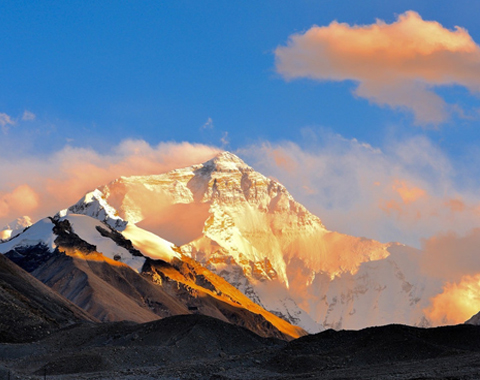
Lhasa - Gyantse - Shigatse - Everest Base Camp - Shigatse - Lhasa
USD939
View Details -
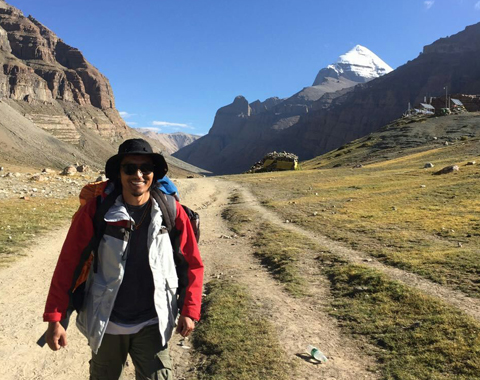
Lhasa - Gyantse - Shigatse - E.B.C - Saga - Kailash Trek - Darchen - Lake Manasarovar - Saga - Gyirong - Tingri - Lhasa
USD2059
View Details -
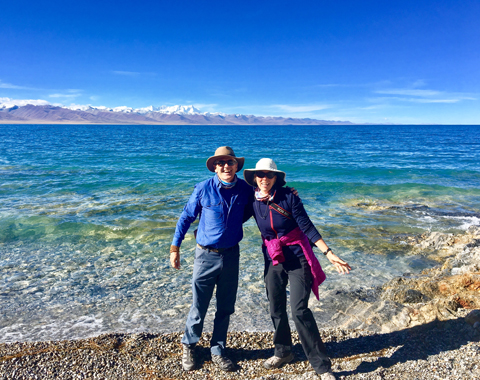
10 Days Lhasa to Everest Base Camp and Namtso Lake Small Group Tour
Lhasa - Gyantse - Shigatse - EBC - Shigatse - Lhasa - Namtso Lake - Damxung - Lhasa
USD1289
View Details -
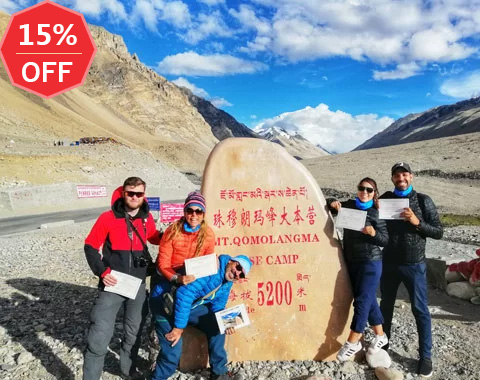
8 Days Driving Across Himalaya Overland Adventure from Kathmandu to Lhasa
Kathmandu - Gyirong - Everest Base Camp - Tingri - Shigatse - Gyantse - Lhasa
USD1069
View Details -
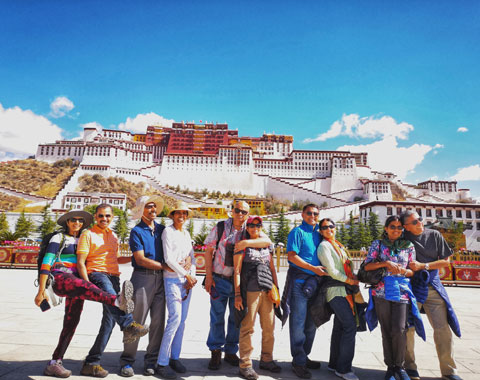
4 Days Lhasa Impression Small Group Tour: Explore the Heart of Tibet and Mingle with the Locals
Lhasa
USD509
View Details -
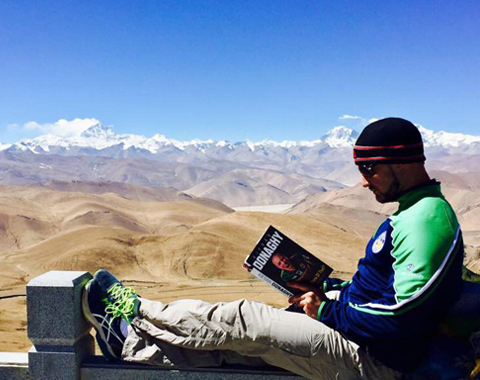
Lhasa - Gyantse - Shigatse - Everest Base Camp - Gyirong - Kathmandu
USD979
View Details -
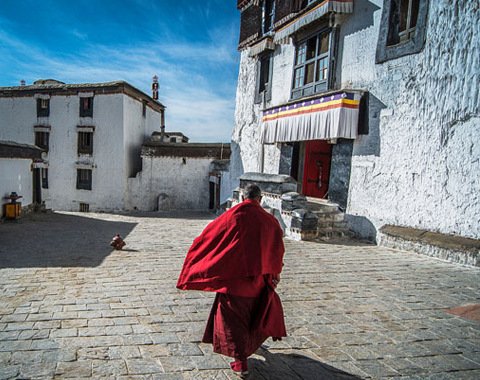
Lhasa - Gyantse - Shigatse- Lhasa
USD799
View Details -
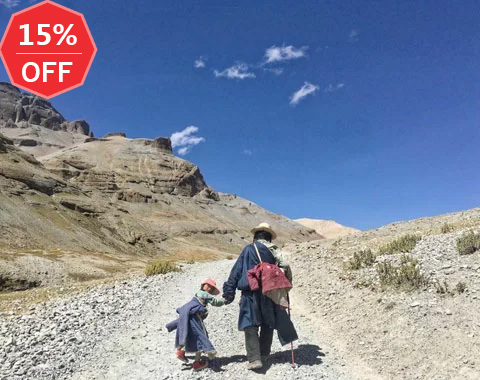
13 Day Lhasa, Mt. Everest, Mt. Kailash, Lake Manasarovar and Kathmandu Adventure Tour
Lhasa - Gyantse - Shigatse - EBC - Saga - Darchen - Kailash Trek - Darchen - Saga - Gyirong - Kathmandu
USD2059
View Details
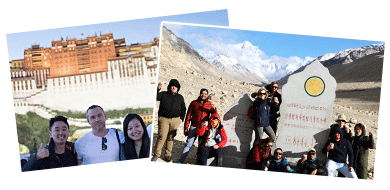

.jpg)



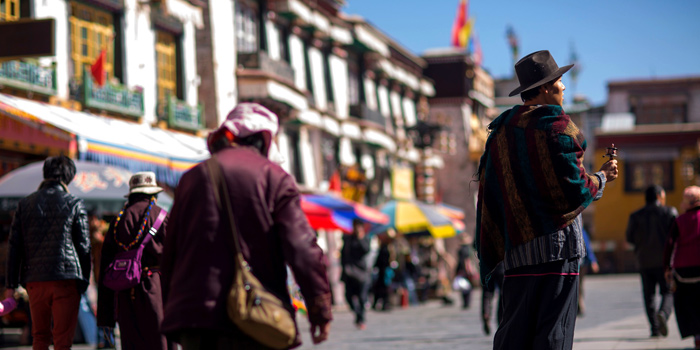
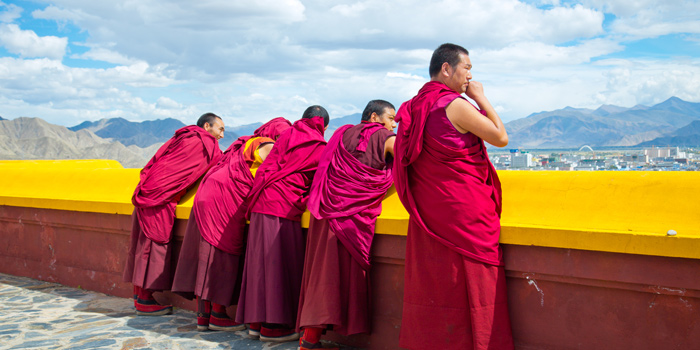
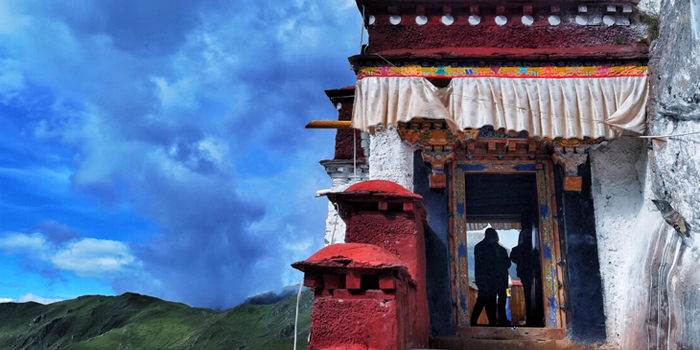
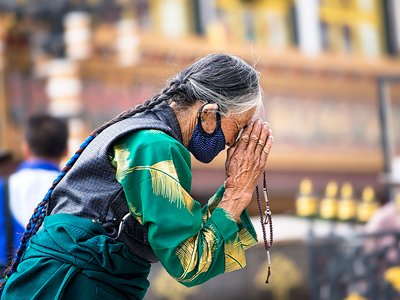
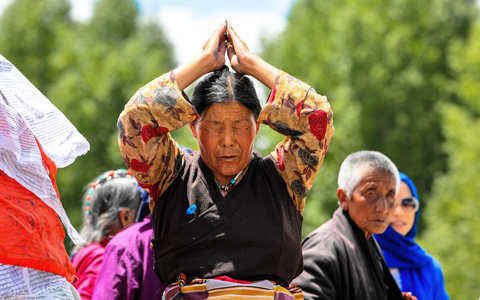
.jpg)
